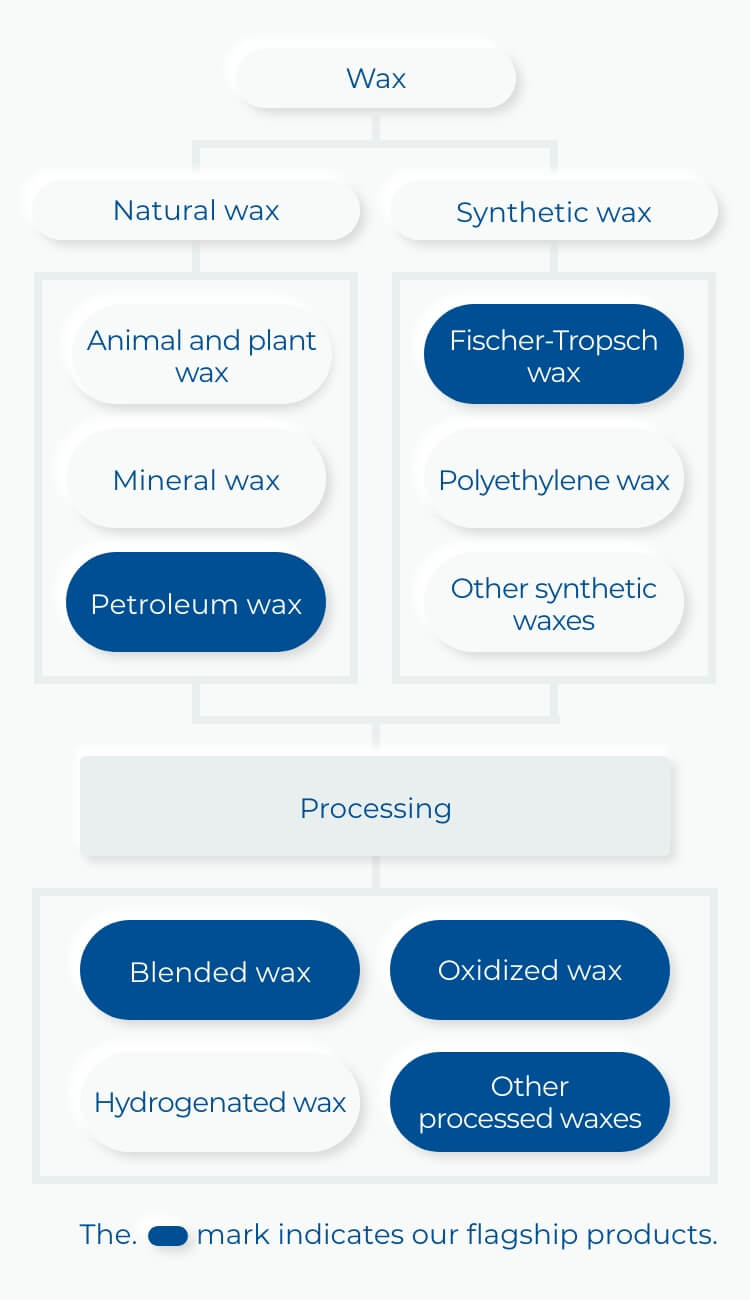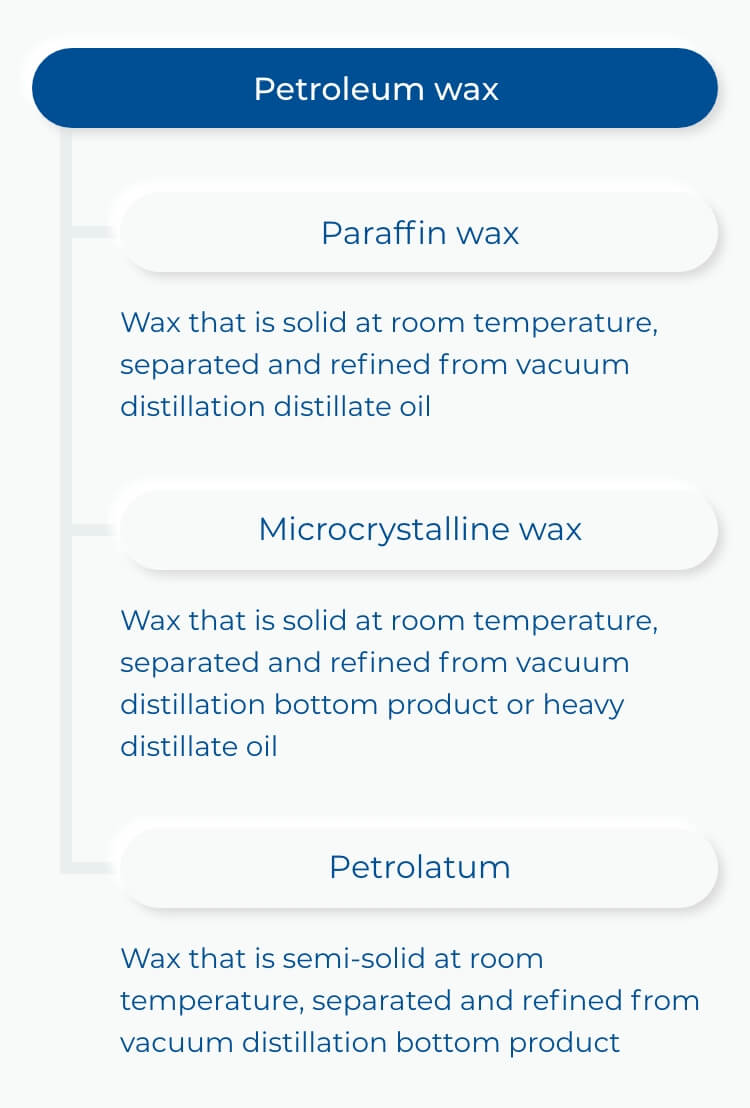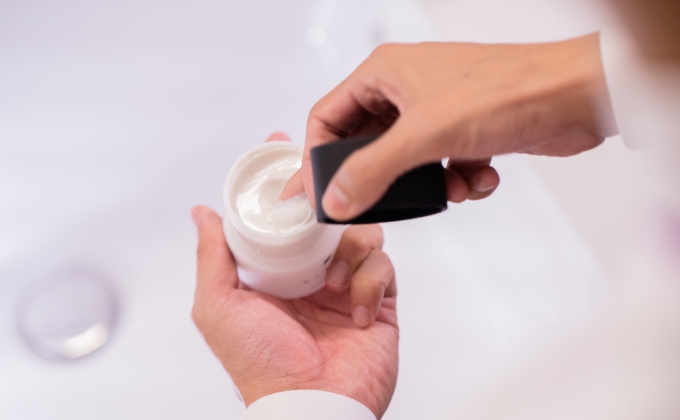What is wax?
"Wax" has a long history dating back to BCE. It comes from the Anglo-Saxon word "weax," which means "beeswax."
Beeswax was used as the raw material for candles from the ancient Egyptian era, when candles were first created, until modern times.
Today, wax is generally defined as "an organic substance that is solid at room temperature and becomes liquid when heated," and is used in a very broad sense.


Since it was first extracted from petroleum by a German person named Fuchs in 1809, petroleum wax has been the main wax used in candles and other products.
What is petroleum wax?
The main component of petroleum waxes is saturated hydrocarbons, which can be broadly classified into three types: straight chain (normal), branched chain (iso-), and cyclic (cyclo-).
These crystals become smaller in the order of normal, iso-, and cyclo-, and this content ratio is the main factor that determines the properties (crystallinity) of petroleum waxes.


Paraffin wax
This wax has a carbon number of about 20 to 40 and a molecular weight of about 300 to 550. It is composed of about 90% normal paraffin.
Microcrystalline wax
It has a carbon number of about 30 to 60 and a molecular weight of about 500 to 800. It generally has a higher melting point than paraffin wax.
The composition is also microcrystalline due to the large amount of small crystalline isoparaffins and cycloparaffins, which is why it is called microcrystalline wax.
Petrolatum
This oily, viscous, semi-solid wax is separated from vacuum distillation bottom product.
Wax is environmentally and user friendly, safe, and harmless
Nowadays, plant waxes and Fischer-Tropsch waxes are attracting more attention from the perspective of achieving a sustainable society and ending our dependency on petroleum.
Since our establishment, Nippon Seiro has mainly dealt with petroleum waxes, but as a wax specialist, we also utilize our know-how in petroleum wax to develop and manufacture plant and Fischer-Tropsch wax products.
With its outstanding properties, it is widely used in everyday products!
Wax is an extremely simple material, but it has various properties and a wide range of applications.
(Properties of wax)
Easy to dissolve
Moderate hardness
Low dissolution viscosity
Easy to ignite
No emission of harmful gases
Mold releasable
Moisture proof and waterproof (moisture and water resistant)
Fragrance retaining
High heat of fusion
Biodegradable
Highly safe
Great expansion and contraction
Great neutron moderating capacity
Great electrical insulation properties
Great lubricity
Blooming properties
Spreading and binding properties
*The properties vary depending on the wax type.


